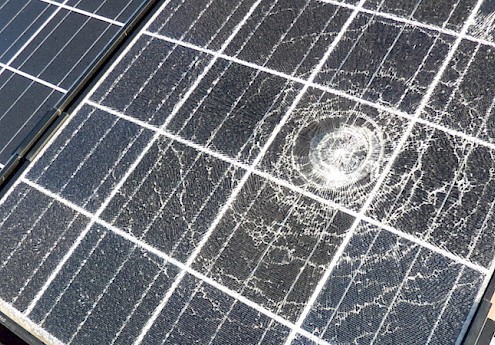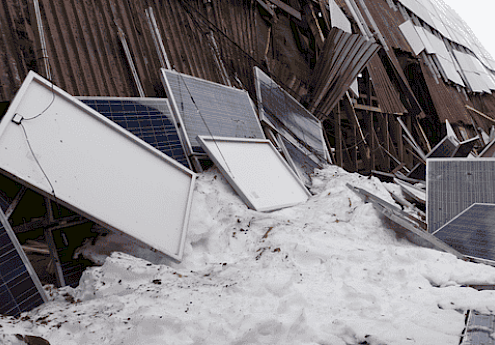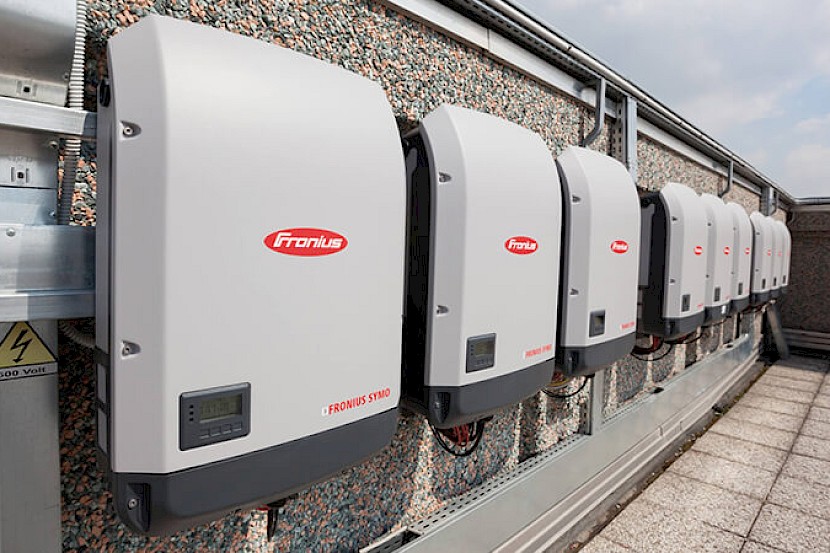
String inverters reduce power losses, but when are they worth it?
Photovoltaic modules connected in series often result in losses: the weakest module throttles the output of all the others. For example, if a module is shaded for part of the day, this affects all the other modules and the performance of the entire string is sometimes drastically reduced. These power losses due to temperature, solar radiation, shading, inclination or even due to production-related differences are called mismatching losses. String or string inverters keep these losses as low as possible. It is therefore advisable to use them in both smaller PV systems and larger solar systems.
Advantages and disadvantages of the string inverter
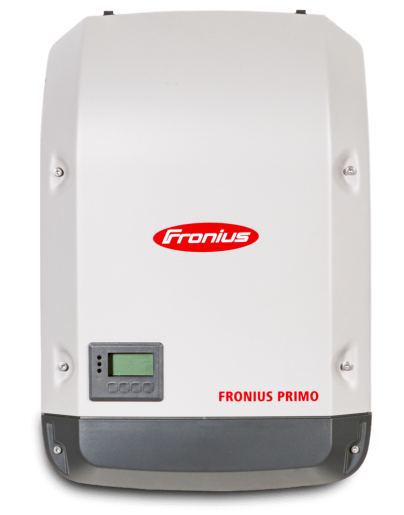
As already mentioned, a major advantage of using string inverters is the reduction in power losses in the entire system. Although there are already solar modules on the market with their own MPP tracker, which enables the individual panels to be adjusted depending on the solar radiation, these are currently still very expensive. These losses can be minimized by using the string circuit, but it is not possible to reduce the losses completely, even with a string inverter.
In general, it is advisable to actively reduce the mismatching losses in larger systems with a solar module area of more than 30 square meters. Here it is worth using the string inverter to counteract losses in energy production.
In the case of multi-string inverters, the prices of the models vary greatly according to their level of efficiency. The higher the efficiency of the model, the more expensive the device. Here it is all the more important to use calculations to clarify in advance whether the investment in the string inverter for the solar system is worthwhile and economical. And in any case, it is always worthwhile to think about sorting the modules during the planning phase and, for example, to ensure that modules from the same manufacturer are connected to one line in order to avoid losses.
How do central inverters and multi-string inverters differ?
The main difference between the two systems is the connection of the individual modules. With the central inverter, the connections of the modules are connected in parallel and centrally on one device, whereas with a string inverter, the individual panels are connected in series.
The advantage of the multi-string inverter can be seen, for example, in systems with different orientations, inclinations or shading of the individual solar panels. Here, the multi-string inverter makes it possible to selectively combine modules that are subject to the same conditions. This also leads to a reduction in cable losses and enables smaller cable cross-sections. The operating and installation costs are thus reduced and the system is more efficient.
Equipment and additional options
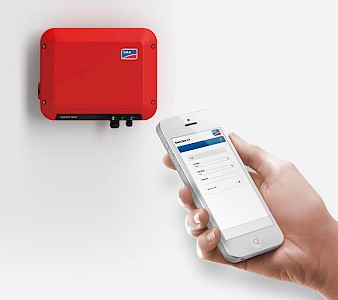
The numerous inverter models on the market differ not only in their price, but also in their additional functions. Multi-string inverters have different power ranges, input voltage ranges, input currents, efficiencies, MPP inputs and areas of application (indoor or outdoor). Depending on the model, there are integrated cooling systems and ventilation options.
For some time now, more and more devices that work without transformers have become established on the market. These have advantages over systems with a transformer that should not be ignored: the elimination of conversion losses in the transformer itself is significant for an inverter without a transformer. This achieves a higher efficiency of up to around 98 percent compared to inverters with a transformer, where the efficiency is only around 96 percent.
From an alternating current output of 4.6 kW, the system should feed in three phases (instead of one and two phases); in the case of smaller systems, one and two phases would be sufficient instead of three.
It is also important to consider how the inverter is installed. It is recommended to mount it inside if it is to serve as a monitoring station for the system. However, string inverters in the outdoor area should also be protected from moisture and direct sunlight. Setting up a small shelter for the system would also be beneficial here.
Matching devices and modules can be found on the SecondSol portal, which specializes in solar systems. Here you will find both used and new inverters for every system.


